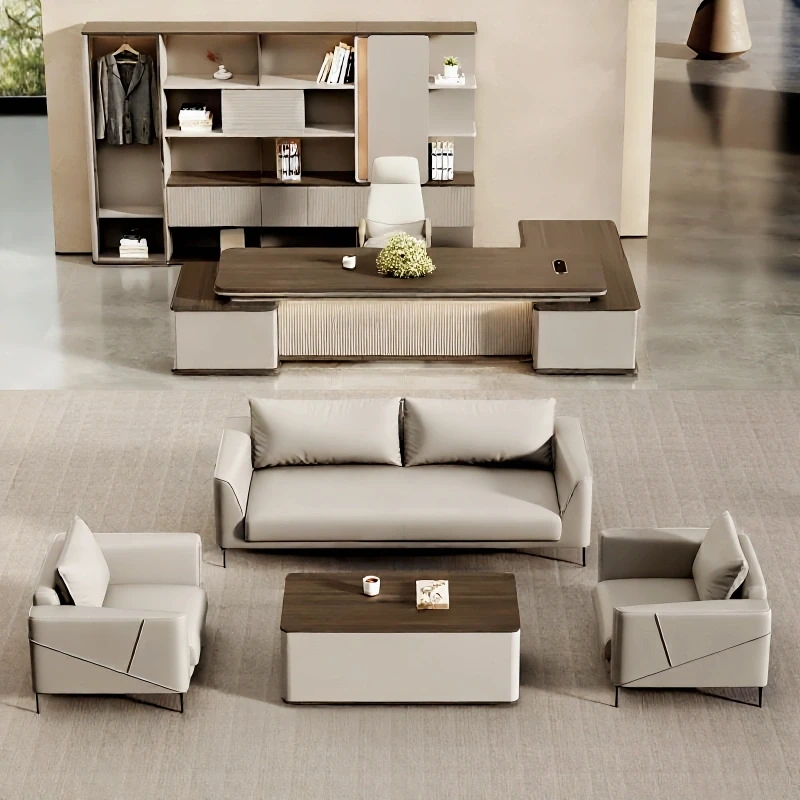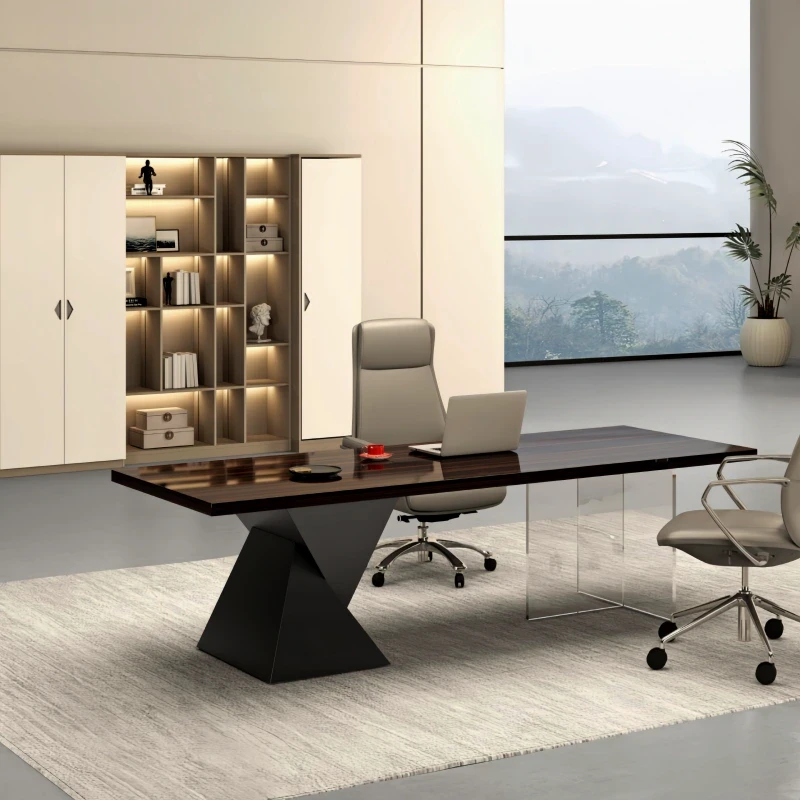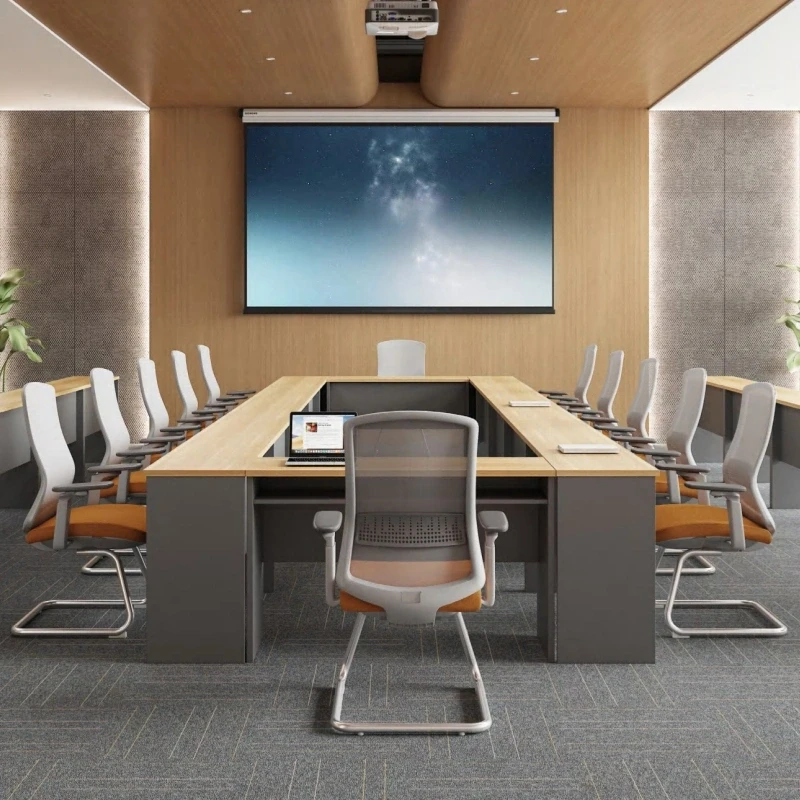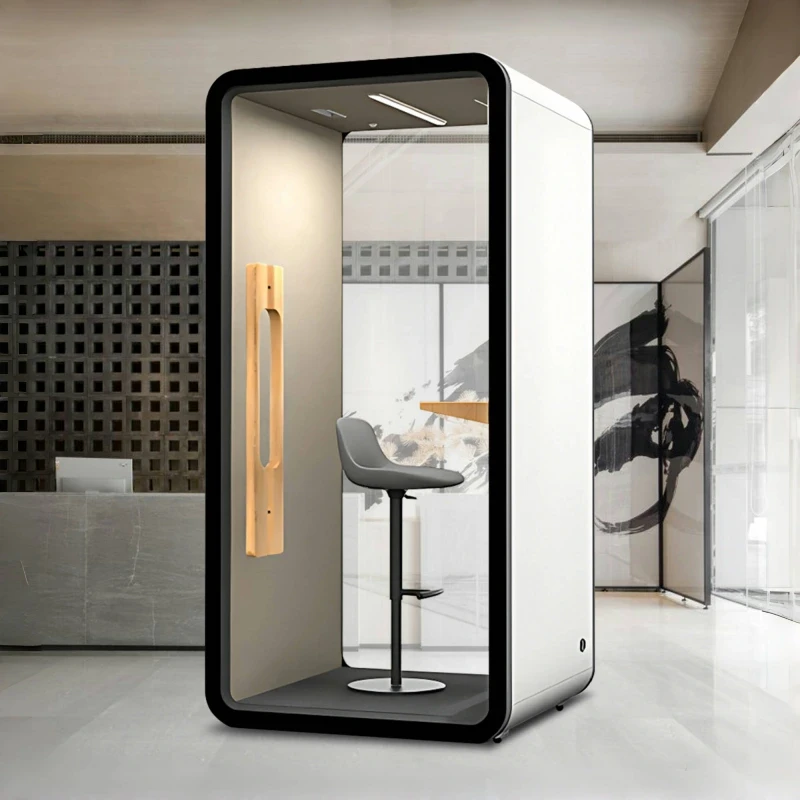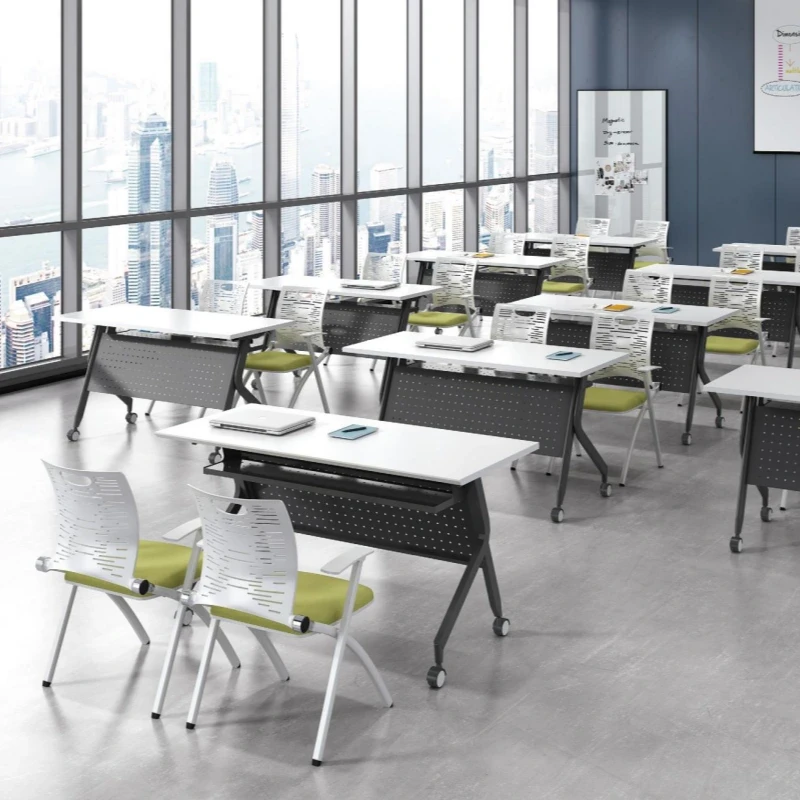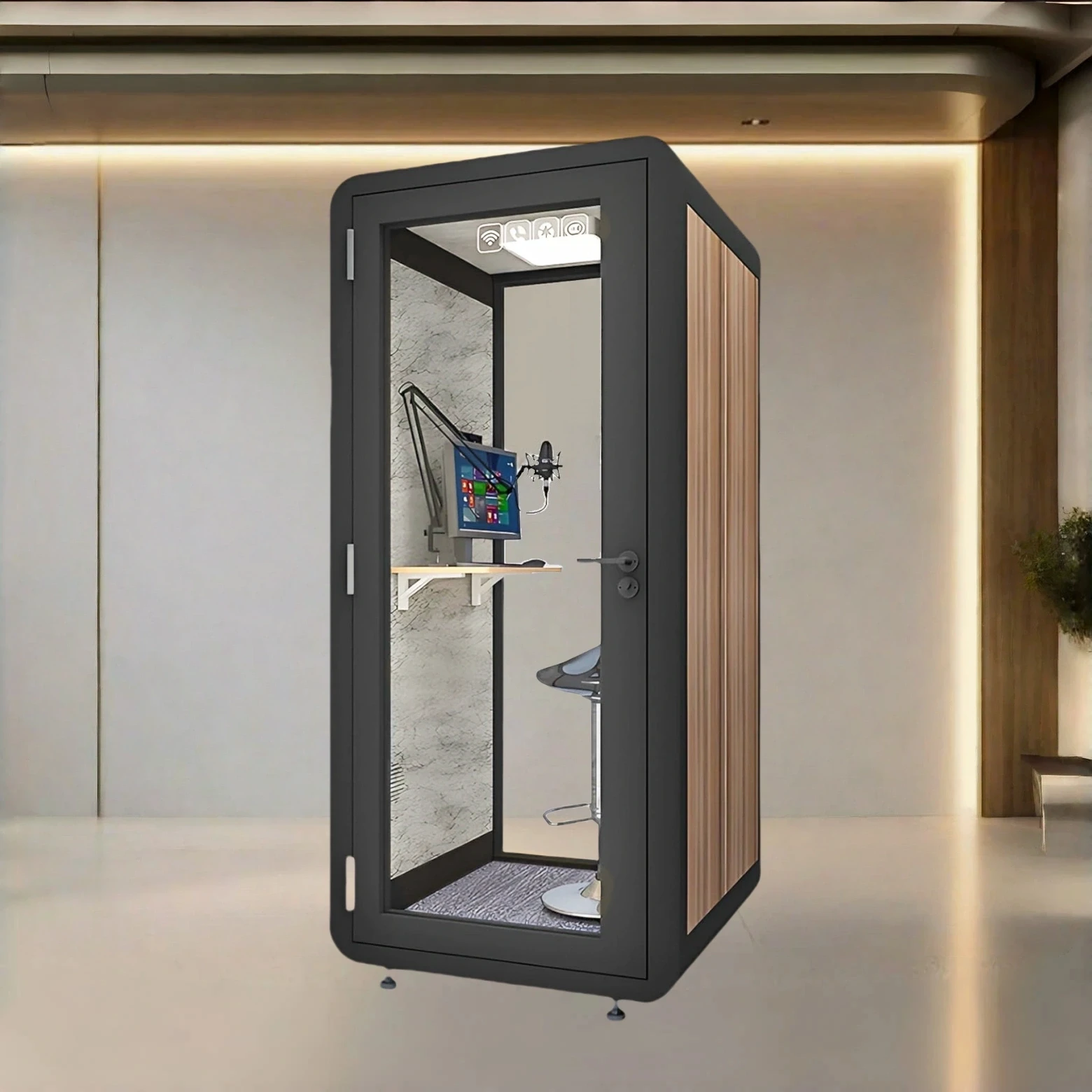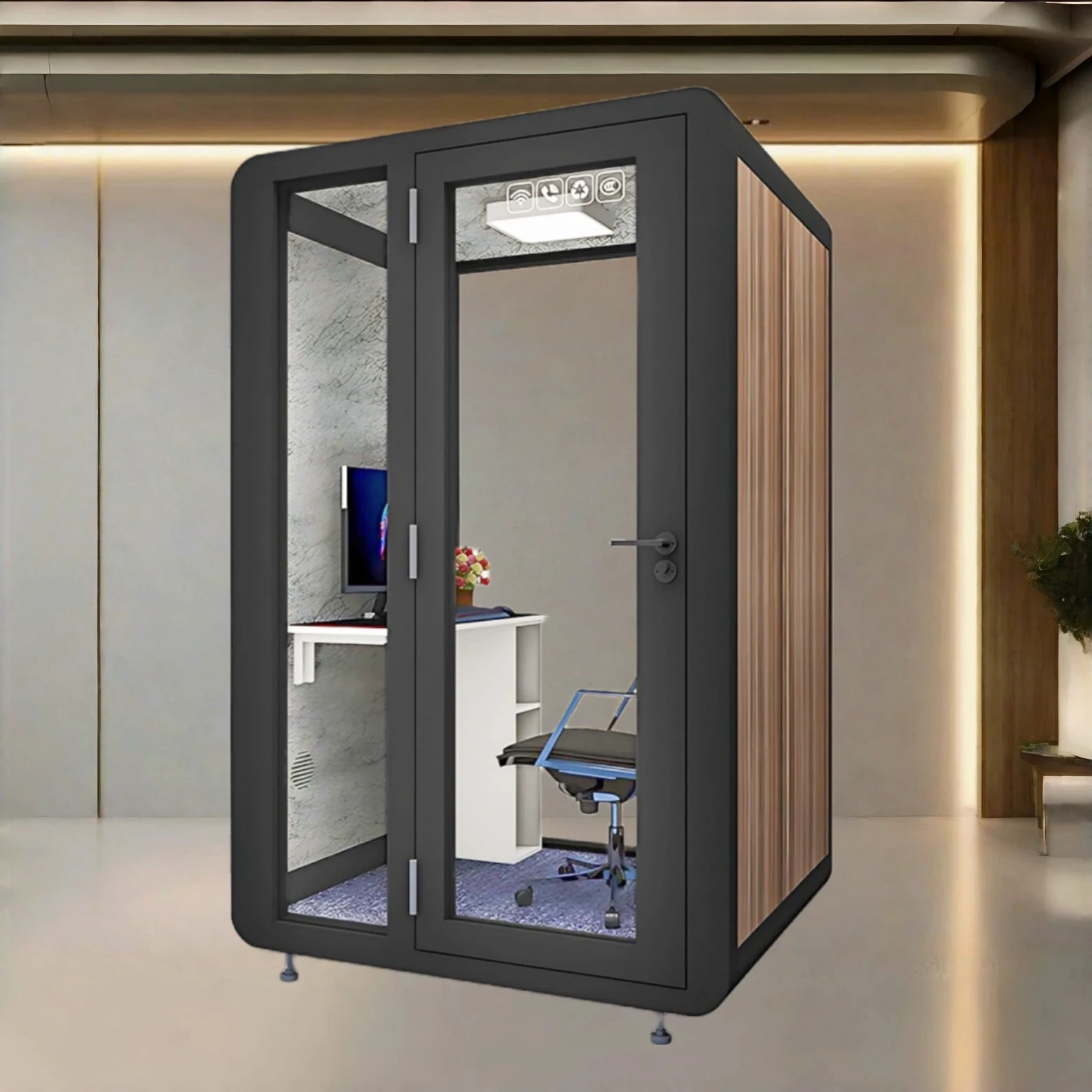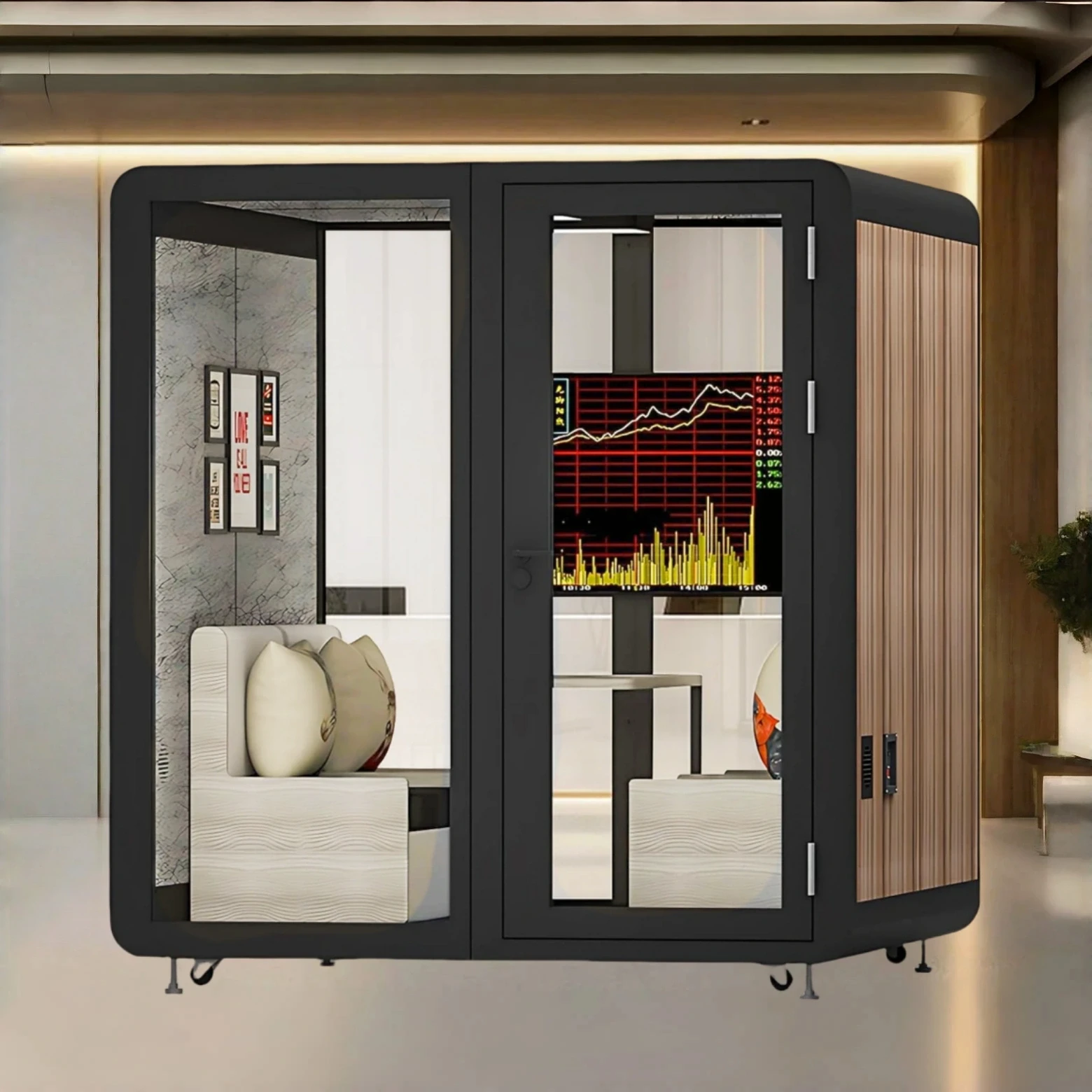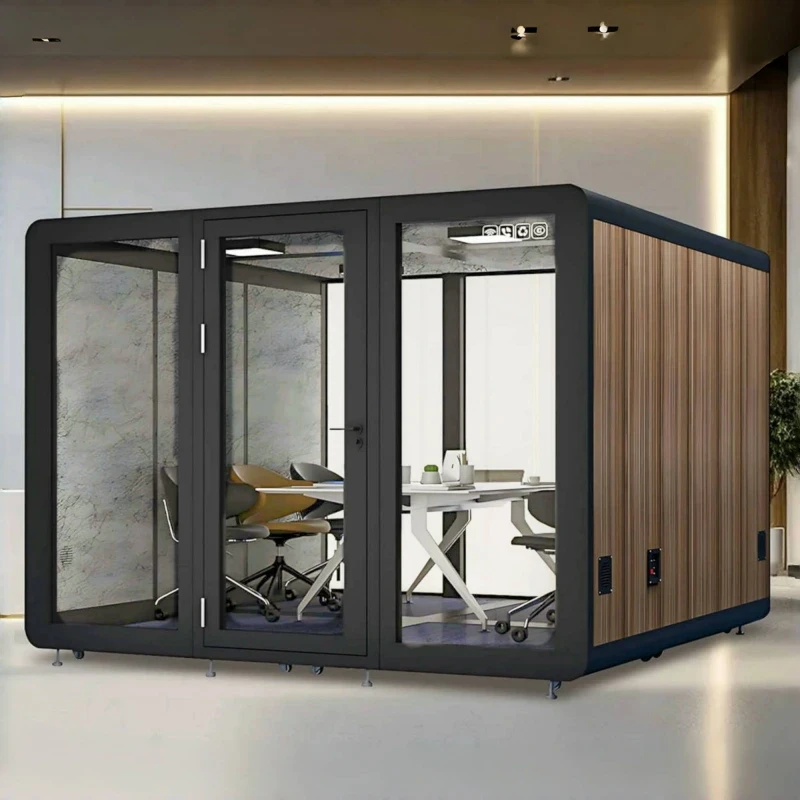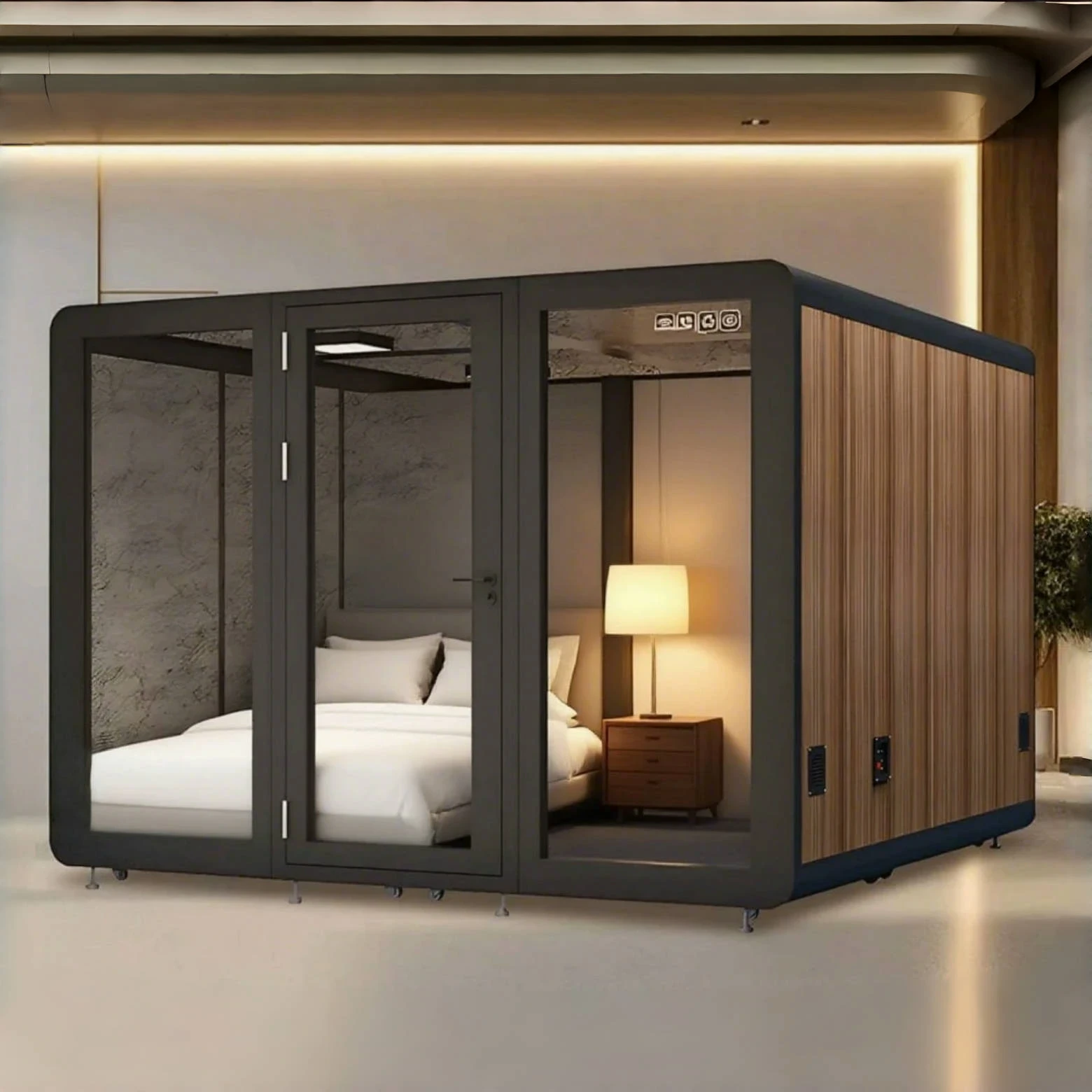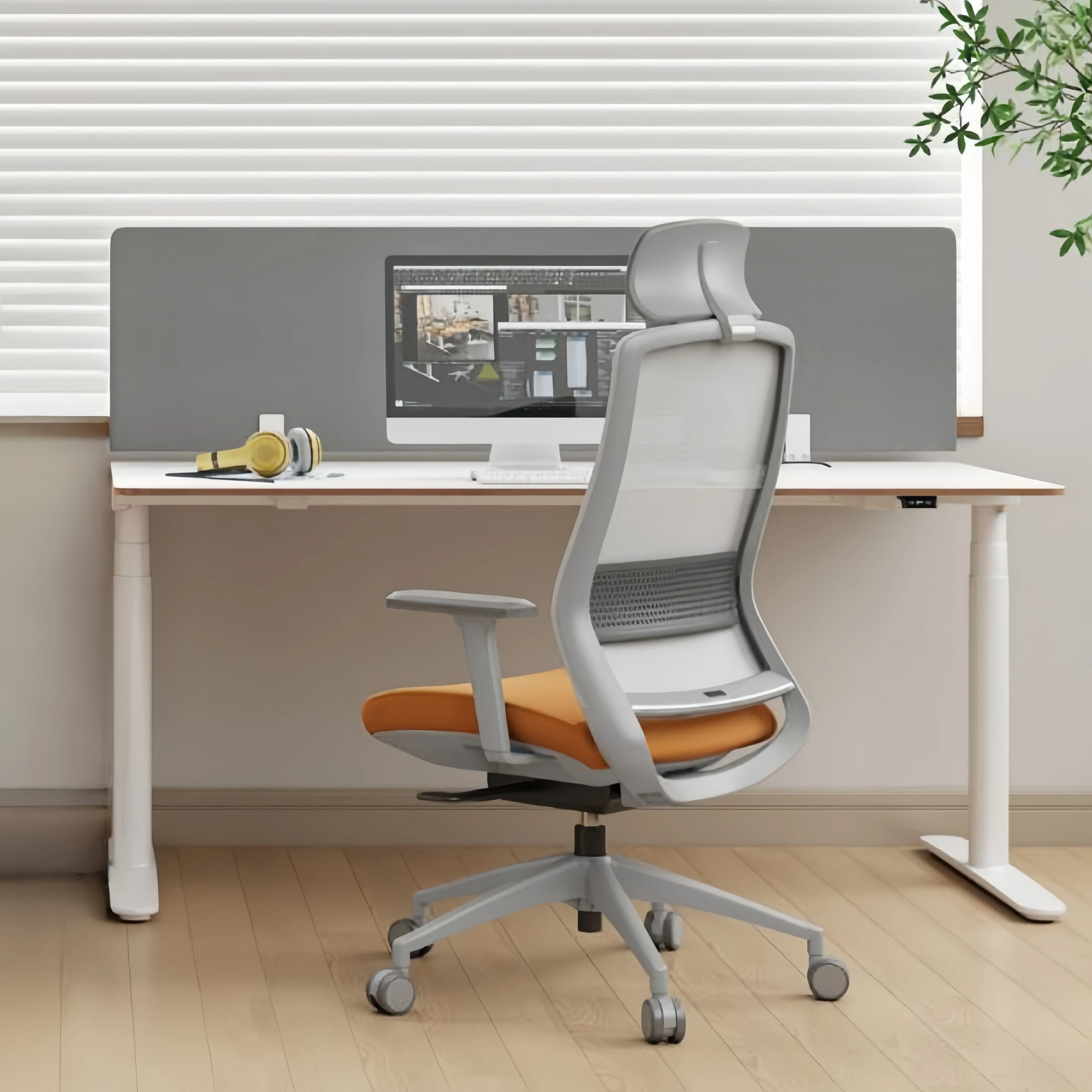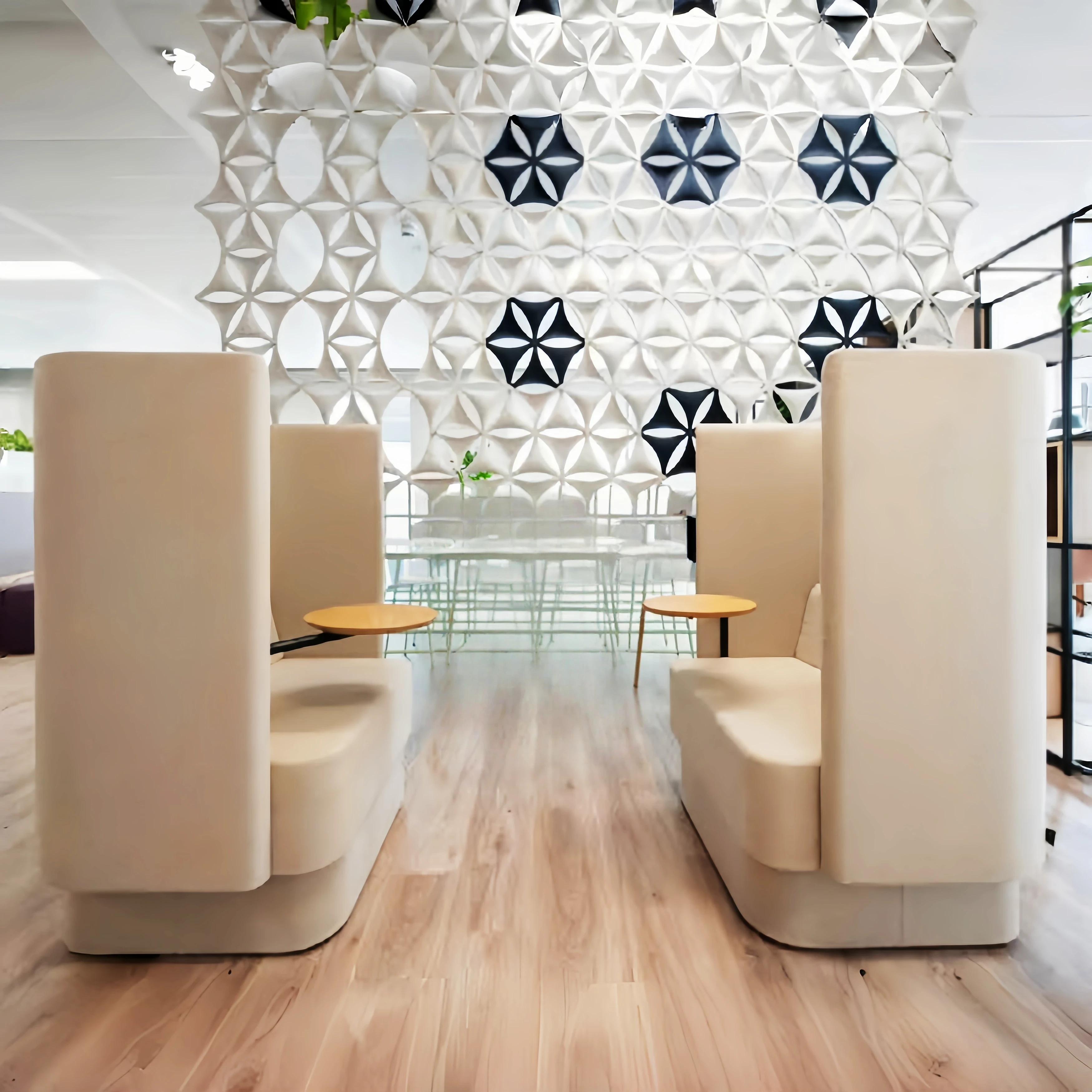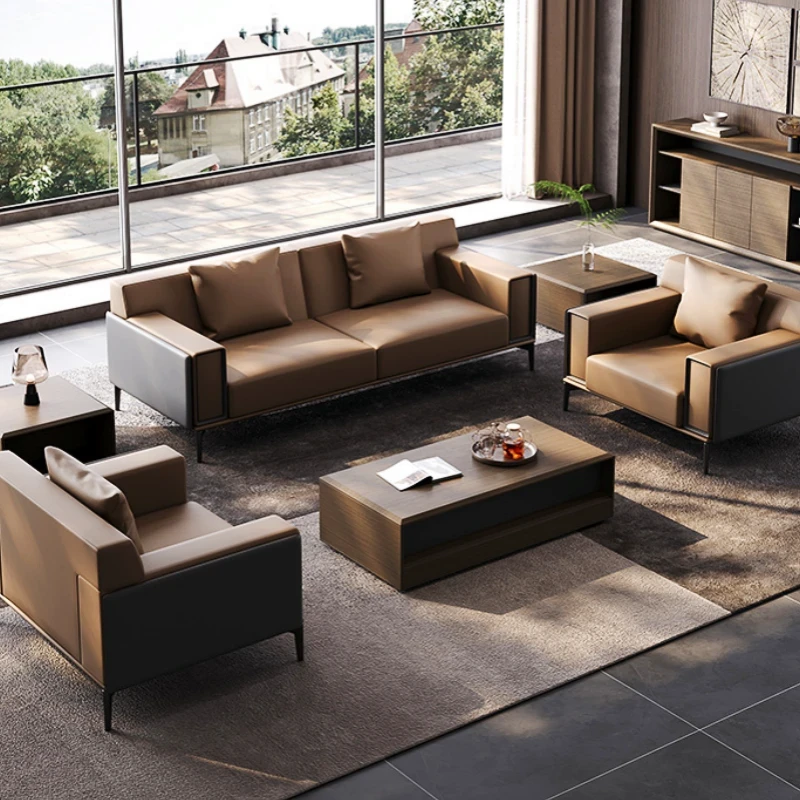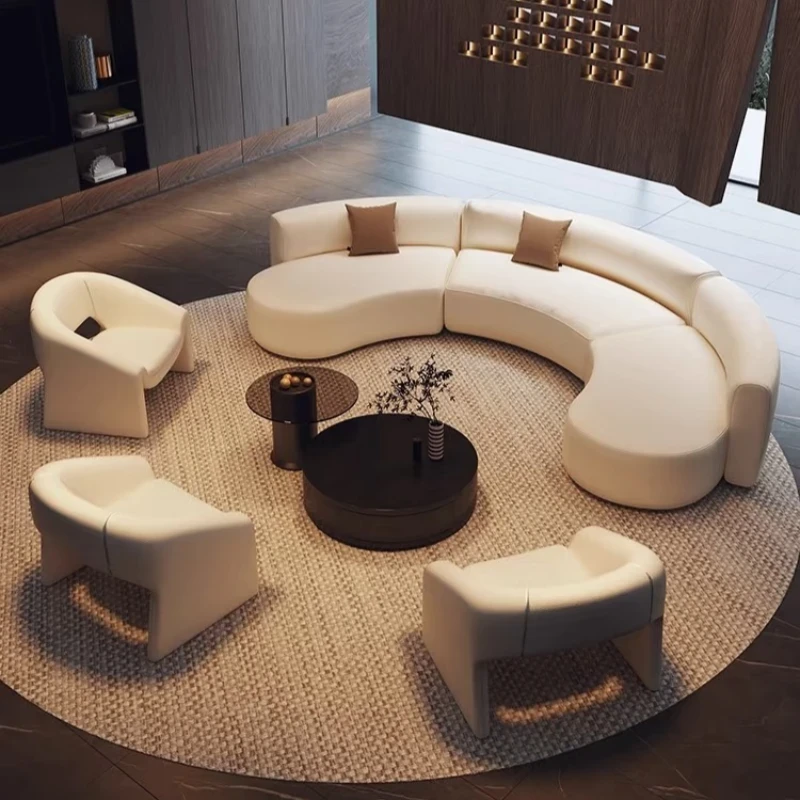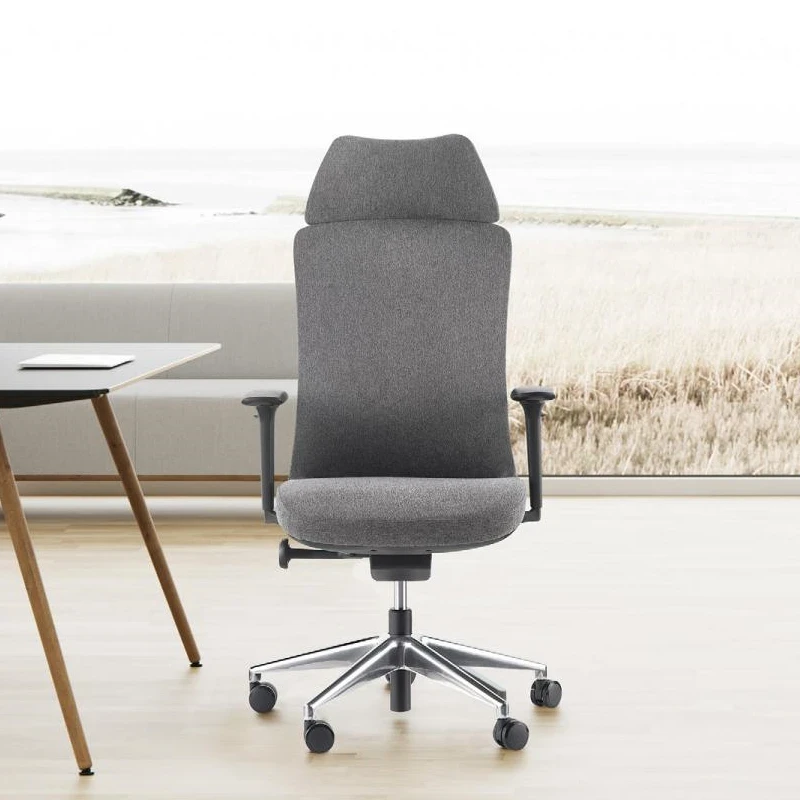Even the smallest store has its own checkout counter.
A question once arose on Zhihu: "Why are Watsons' checkout counters generally located inside?" Many people believe this is to prevent congestion at the entrance and increase walking distance. But behind this simple answer lies a deeper rationale.
As the final point of communication between store employees and customers, the importance of the checkout counter is self-evident. So, where should it be located, and what products should be displayed? ... Today, we'll tell you everything!
First, improve the appearance of the checkout counter.
The height of the checkout counter should be neither too high nor too low. Based on the average height of the Chinese, a checkout counter over 1.1 meters can create a sense of rejection for customers, while a counter under 1.1 meters makes it difficult for customers to reach items below the counter, significantly reducing the chance of product contamination. Furthermore, the cleanliness of the checkout counter directly influences customer purchasing decisions. Keep the counter neatly organized, keep items organized, and avoid damaged items as much as possible.
Extending the Circulation
In order of importance, the functions of the checkout counter should be: extending the circulation > cashier > customer service experience.
Anyone who has visited an IKEA store will be impressed by its "maze-like" circulation design. Once you step into an IKEA store, you're silently guided by the "circulation" through every corner until you reach the checkout counter, where you finally reach your destination.
As the place where customers pay, the checkout counter is the final stop for all purchases. Therefore, many stores try to locate the checkout counter inside the store to maximize the customer circulation, allowing them to discover more products and stay longer.
Checkout Function
Shopping is most dreaded by customers waiting in long lines. The checkout experience is a crucial factor in whether they will return to the store. If the checkout counter is located at the door, and the store entrance is bustling with people, it can easily become congested and difficult to disperse. This not only affects customer entry but also puts pressure on those who want to pay.
As the final point of interaction between store staff and customers, the checkout counter also serves as a promotional and advertising hub for products. Effectively utilizing the checkout counter not only maximizes exposure for store events and featured products, but also encourages repeat purchases and repurchases.
Experience Service
Although the checkout counter occupies a small area within the overall store layout, if utilized effectively, it can generate significant sales opportunities. Surveys show that customers are most likely to make impulse purchases while waiting to check out.
What products are best placed near the checkout counter?
Small, seasonal products are ideal. Their small size makes them easy to grab, and their seasonality can attract customers who might not have originally planned to purchase, generating cross-selling opportunities. Of course, these products have a limited shelf life. Therefore, the merchandise here needs to be rotated frequently. Firstly, customers experience visual fatigue and consumer fatigue over time, and secondly, the appeal of attractive products changes over time.
In contrast, Watsons: the spacious checkout counters are lined with various brochures and small merchandise, there's a prominent trade-in sign behind the counters, there's a beverage cooler near the counters, there's a large, blank queuing area in front of the registers, and the shelves surrounding the entire checkout area, especially the merchandise displayed there, all demonstrate the powerful energy-gathering effect the "checkout area" has on the entire store.
While small stores don't necessarily need to replicate all of Watsons' practices, some of the marketing strategies that are suitable can be scaled up and adapted for your own stores. The small checkout counter holds valuable business insights. In actual sales, there are many practical sales strategies that require store staff to diligently analyze, promote, and amplify, thus achieving twice the results with half the effort.

 USD
USD
 GBP
GBP
 EUR
EUR
